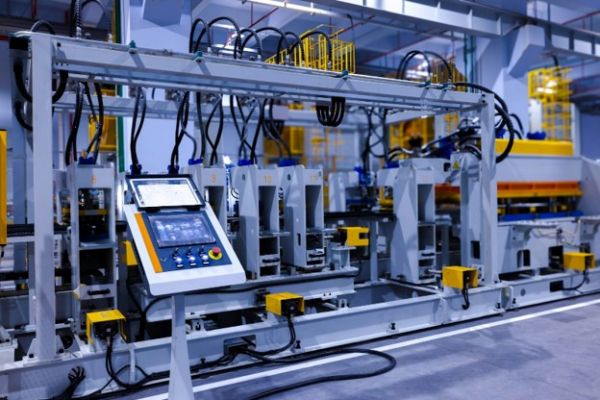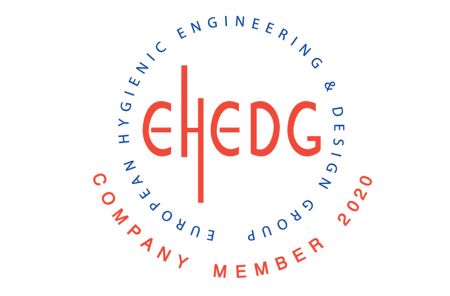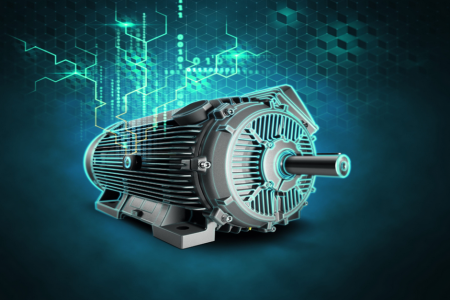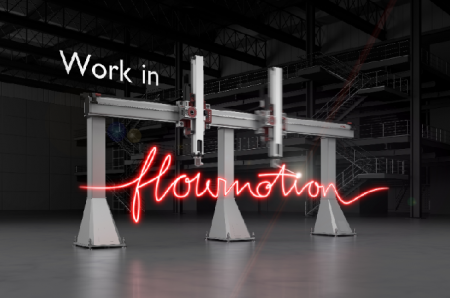
For us, Siemens NZ train spotters, if we hear ‘Totally Integrated Automation’, we think of the tag line behind Siemens’ Simatic Manager. Or more recently, the Siemens TIA (Totally Integrated Automation) Portal. But what if you are not a Siemens person? If you heard someone mention ‘Totally Integrated Automation’, particularly at the management or board level of a manufacturing company, what would that mean?
Totally integrated automation is the modern avenue to simultaneously reducing costs and driving innovation for manufacturers. Agility is the keyword here, allowing small runs of customised products to be just as accessible and efficient as mass production.
For New Zealand businesses working hard to make their mark, totally integrated automation creates a lean, responsive, and high-quality system for local production that grants a serious competitive edge.
But here is a vital question: What does totally integrated automation really mean, and why should it matter to you? Read on as we explore these questions.
First, What is Integrated Automation?
Since the dawn of manufacturing, disparate systems have crisscrossed factory floors as siloed, independent pieces of the puzzle. Totally integrated automation is the solution to this disconnectedness. It is the central nervous system that ties these systems together, allowing them to communicate, optimise, and adapt in real time.
Robotics, CNC machinery, conveyor systems, PLCs, software interfaces, data feedback loops; all of these individual systems operate like nerves within a larger whole. This embeds intelligence into the manufacturing process, eliminating many peripheral needs (such as human bridges between different systems or manual switch-outs) to streamline operations.
The Components of an Integrated Automation System
Here’s what typically makes up an integrated automation solution:
- Staubli Products & Robots. For high-speed, repetitive, or hazardous tasks like material handling, hygienic food handling or processing, palletising, or assembly.
- CNC machinery. Precision machining equipment is connected directly to design and planning software.
- SCADA/PLC systems. Industrial control systems that manage equipment performance and allow real-time decision-making.
- Software integration. CAD/CAM platforms, OEE monitoring and reporting, ERP software, and MES systems that feed data through the chain.
- Sensor and data systems. IoT-enabled devices that collect performance, output, and quality data in real-time.
- Feedback and adaptation loops. Systems that automatically adjust outputs based on data (e.g., material tolerance variation).
- Communication and constant adaptation are the keys to success here. A more intelligent factory is a faster, higher-quality, more cost-efficient one.
Why Totally Integrated Automation Matters
Untouchable Efficiency
Efficiency, efficiency, efficiency; this is the watchword of any manufacturing facility. Manual processes can create massive bottlenecks and delays during a run, but integrated automation eliminates them. Instead of waiting for one system to finish before another starts, these can run concurrently to streamline your production.
Depending on the product, a product design can transition from a CAD file to a finished part with minimal human intervention, potentially saving hours of work per day.
Consistency and Precision
CNC manufacturing demands precision to the micrometre. With integrated automation, you ensure consistent outcomes with no lost batches, regardless of the scale of your production. Once the system has been calibrated, you can trust it to reproduce the same level of quality thousands of times over, with real-time monitoring and human oversight as contingencies.
Better Use of Labour
You have skilled workers, so why not let them focus on the tasks that require creativity, judgment, or human oversight? Integrated automation removes the responsibility of managing repetitive workflows, allowing your on-site team to focus on doing what you do, but better.
Real-Time Decision-Making
Currently, your factory’s different lines might be siloed; however, through integrated automation, the entire process becomes visible. Your managers and operators can monitor output, downtime, and maintenance needs through remote dashboards.
All the while, predictive analytics enable you to schedule vital maintenance ahead of time, preventing potential breakdowns.
Cross-Facility Scalability
To put it simply, with an integrated system in place, scaling is easier. Machinery or product lines can be slotted in with minimal disruption, and you can adapt systems to increase output without manual reconfiguration between batches.
The fact is, if your operation still relies on disconnected systems or manual data entry between machines, you are potentially leaving a lot of productivity (and revenue) on the table. Despite first appearances, this type of automation isn’t just for mega-factories or overseas conglomerates. NZ factories and manufacturers are poised to adopt this approach in industries across the board, including food and beverage providers, automotive and transport facilities, and even custom cabinetry facilities reliant on precise joinery.
So, what does this mean for you? If you are interested in adopting an integrated automation system into your existing business, there are several avenues available to you. The best approach is to conduct an audit of your system’s current inefficiencies to identify the gaps that need to be bridged. From there, consult a specialist who can help design and supply your system, such as CNC Design.
Overhauling your entire process might not be the right approach for you, or you might be ready to start again from scratch. Regardless, with the right automation partner, you can take as many steps toward totally integrated automation as you are ready for.
Move toward a more connected, intelligent system. Become automated.
Minimise downtime while maximising productivity on the line with our expertise in totally integrated automation. The team at CNC Design is here to tailor a solution that suits the needs of your business, providing an avenue to cost-effective automation that can help you scale sustainably.
Get in touch today to learn more.









